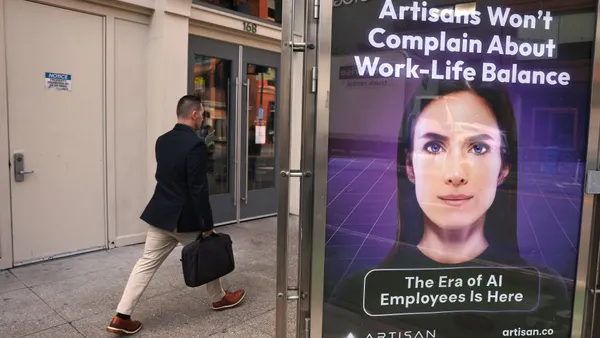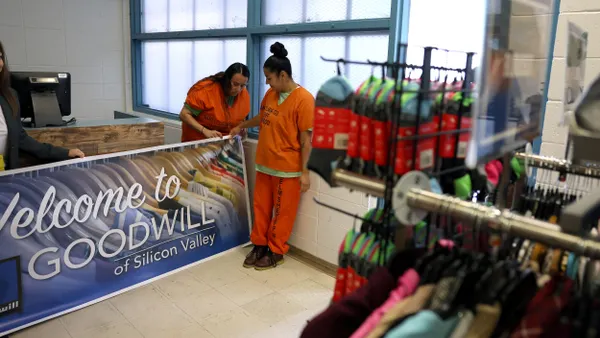The number of job postings advertising benefits — such as health insurance, paid time off and retirement plans — has leveled off in recent months, especially in low-wage sectors, according to a March 30 labor market update from Indeed’s Hiring Lab.
Although the U.S. labor market still appears to be strong, the slowdown in benefits advertising could signal a shift in the labor market and a limit to the competitive hiring environment.
“In a tight labor market, employers may use benefit offerings to differentiate themselves and/or to defray rising salary costs, and employers today are more likely to advertise offered benefits in job postings than they were a few years ago,” Cory Stahle and Nick Bunker, economists with Indeed Hiring Lab, wrote in the report.
“But while the overall share of postings specifically mentioning benefits has risen over the past few years, growth has started leveling off in recent months,” they wrote.
For instance, the proportion of job postings on Indeed that mention health insurance rose from 31% in early 2020 to 48% in February 2023, and the share that mention retirement plans and paid time off both rose from 22% to 37% during that time. The growth slowed in March.
The trends appear to vary by sector. Between late 2020 and early 2022, the increase in benefits advertising largely stemmed from low-wage sectors, including food preparation and service, retail, and childcare. Since then, the growth in low-wage posts has slowed, particularly for in-person jobs such as cleaning and sanitation, personal care and home health, security and public safety, and food preparation and service.
At the same time, job postings with benefits have increased for high-paying positions — and ads with retirement plans have experienced the highest growth. Since February 2022, job postings with a retirement plan in software development, banking and finance, and mathematics have increased by more than 50%. Paid time off benefits have also become more popular in listings for banking and finance, as well as mathematics.
“The strong growth in benefits advertising for high-wage segments illustrates that the cooling job market may not be felt uniformly,” Stahle and Bunker wrote. “In other words, there are sectors where hiring remains relatively difficult, and where employers may feel compelled to continue sweetening the pot with enhanced benefits in order to attract the best candidates.”
The job quitting rate could be one aspect of this. Although quitting dropped to a rate of 2.5% in January, it still remains elevated — at 7.5% above the pre-pandemic norm. Workers are leaving their old jobs to find new work elsewhere at higher rates, and wage growth continues to rise.
Despite widespread news about layoffs in the tech and media sectors, layoffs and job loss remain low overall. Layoffs averaged about 1.6 million per month between November 2022 and January 2023, which would need to increase about 16% to return to the monthly average of 1.8 million seen between 2017 and 2019.
“The U.S. labor market has plenty of opportunities for workers, while also presenting challenges to employers,” Stahle and Bunker wrote. “However, the current situation will surely change. We will continue to monitor these trends and track others as the labor market evolves.”
In general, job postings on Indeed have declined for most of the year, down 14.7% at the end of March, as compared to this time last year. New postings, which have been on Indeed for seven days or less, are down 3.8% over the past month. With future job openings at or below pre-pandemic levels, Indeed announced layoffs for more than 2,000 people in March.
Recent surveys have noted other trends in job advertisements, including an overwhelming interest in salary information. In fact, one report showed job posts with pay transparency may save recruiters money due to cost-per-click rates.












